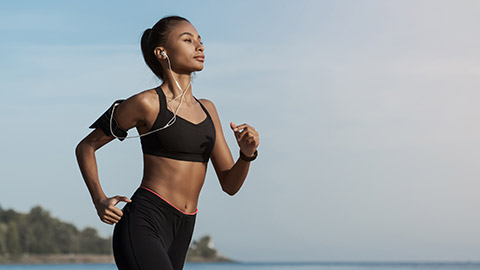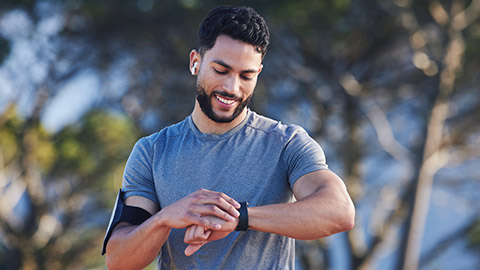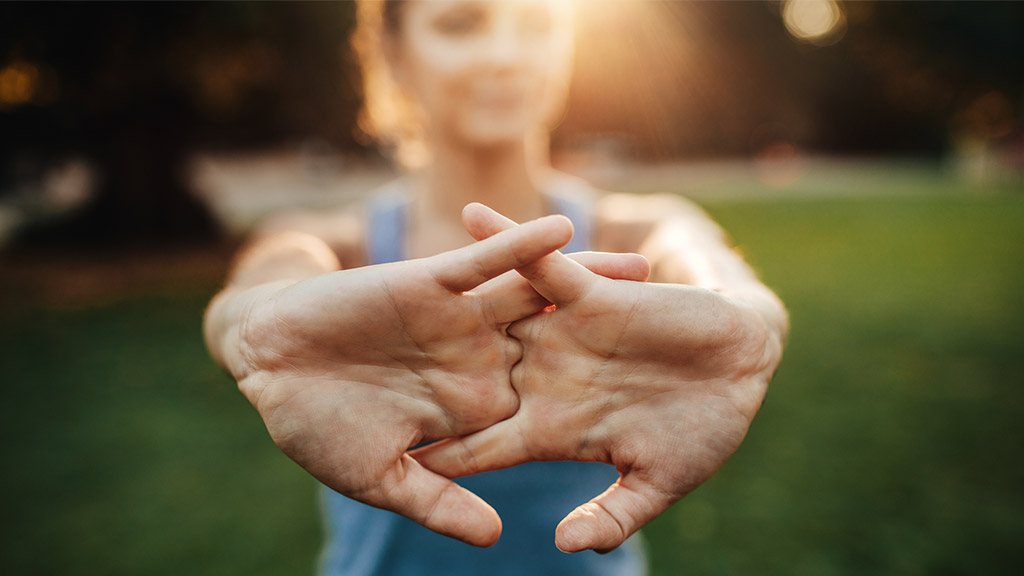Balance is not something you find, it’s something you create.Jana Kingsford
You may be surprised to hear that creating a healthy balanced life is especially tricky for those involved with eSports. As a pro, you start off thinking "wow this is so great I get to play games as my job" but quickly find yourself struggling with keeping up with friends and family or finding time to relax and work out. However, living a balanced life is particularly important to the success of those from within the eSports industry, whether that be as a player, coach or wherever you may find yourself end up.
Consider, what does living a balanced life mean to you?
As adults, we seem to accumulate excessive responsibility. We rely less on others and more on ourselves. We forget one of the most important responsibilities is taking care of ourselves, including physical activity. Always take care of number one- that is you!
Let’s look at the importance of physical activity.

The Ministry of Health advises that New Zealand adults should make regular physical activity part of their lifestyle to live long and healthy lives. There are plenty of exercises / physical activities you can perform which fit under these categories. Physical activity doesn’t have to be only in the gym. It can be on a sport field, trekking, triathlon or so on.
| Five dimensions of physical activities | |
|---|---|
| Duration: The length of time activity takes |
|
| Frequency: The number of times an activity is performed |
|
| Context: Why, where, and how an activity is performed |
|
| Type: One activity can involve more than one type. |
|
| Intensity: The effort required by a person to perform an activity |
|
Get up and Move
Over the past few decades, New Zealanders have increasingly spent less time being physically active and more time sitting. Social norms and physical environment have a part to play as well with chairs and desk in the workplace to entertainment centres such as cinemas and stadiums.
In the last 10 or so years standing desks have become a much more common for gamers to get for their set-ups at home as well as around some work environments due to the positive influence they have had for the health and wellbeing for their users.
Reduce sitting time
While many like standing desks to reduce sitting time, even managing to break up sitting time throughout the day even if it is just a few minutes for every hour of sitting, will still have a positive influence for the performance of your body. It is easy to say, but really try to limit the time spent sitting in front of a screen, or at the very least, do your best to break it up by doing these couple-minute breaks every hour or so, or even better – to spend time for physical activities.
Work or Study: Break up long periods of sitting down by standing up to stretch regularly. When there is an opportunity stand over sitting such as during a meeting or on the phone, video call over Zoom or Microsoft Teams, and you can walk to talk to your colleagues.
Leisure: Limit seated activities such as television, gaming, or computer use. In between rounds or games stand up, stretch, or take a lap around your room or home. Try standing while checking emails or making phone calls.
Keeping physically active
At least 2 ½ hours of moderate or 1 ¾ intense physical activity spread throughout the week. This is the minimum recommended amount for achieving health benefits.
- Improve body function (lung, heart, muscles)
- Improve mental health
- Improve daily living (lifting, walking and other common daily activities)
- Improve wellbeing and sleep.
Spread activity throughout the week
Daily physical activity is most beneficial to gain health benefits for your mind, body, and soul.
- At least 30 minutes of moderate or 15 minutes of intense physical activity, five days a week.
Extra health benefits: 5 hours moderate, 2 ½ of intense physical activity
Activity Types
- Aerobic: Aerobic training is building endurance and improves cardiovascular and respiratory function.
- Anaerobic: Anaerobic training is performed at a harder intensity, raising your heart rate into your target zone. This is the zone where you burn fat.
- Muscle strengthening/resistance: Strength training or resistance training involves the performance of physical exercises that are designed to improve strength and endurance.
Physical activity is equally as important for eSports athletes as it is for others.
The following are some examples of the benefits of exercises for eSports athletes.
- Improved back strength from muscle-strengthening exercises
- Increased energy levels from high levels of aerobic and muscular endurance.
- Ability to cope with high heart rates in gaming situations.
- Reduced risk of overuse injuries from eSports gaming, e.g., repetitive strain injury (RSI).
- Increased blood flow to improve brain function.
- Faster reaction times.
- Increased hand-eye coordination ability.
- Reduced likelihood of mental fatigue during gameplay and over time.
Types of physical activities for eSports athletes
As an eSports athlete, there are various exercises that you can participate in that are simple and achievable. You may need to do some experimenting and find out what suits you best but, in the meantime, some of these could include:
- Aerobic endurance (cardio): At least 30 minutes three times a week. Remember that good cardio raises your heart rate and burns calories (energy).
- Muscular endurance (weight resistance): Training core muscle groups used while completing in tournaments (shoulder, upper and lower back, chest, biceps, forearms and triceps).
- Reaction time (Hand-eye coordination): Reaction time is everything for an eSports athlete; peak hand-eye coordination is the difference between winning and losing a game. An athlete (sports and Ssports) can perform many basic reaction time exercises.

Athletes are prone to suffer from injuries; as an athlete puts stress on joints and muscles, they can tense up, and a small injury can become career-threatening. Injuries usually occur in muscle groups and joints athletes commonly use, e.g. runners usually experience injuries in the legs, knees, ankles and feet.
Common injury and prevention
Injuries are common no matter what field of sport you are in. It is important to understand how to prevent injuries. The following are some examples of practices you can implement for injury prevention.
- Ensure you take breaks from the desk/ computer every 45 minutes.
- Ensure you have appropriate ergonomic equipment, desks, chairs, and computer equipment.
- Implement stretches throughout the day.
- Take screen breaks throughout the day.
Repetitive Strain Injuries
eSports athletes spent long hours in front of the screen and the same amount of time gripping a mouse or controller. Repetitive Strain Injuries (RSI) is the most common injury for eSports athletes.
Cause of wrist RSI:
- Irritation and inflammation of the tendons in your wrist due to repetitive motions
- Specifically for eSports competitors, it is caused by hours of continuous gaming while performing the same hand motions repeatedly
- For PC gamers, RSI typically occurs in the wrist, while console gamers experience it more in their thumbs
Treatment
Exercises are done in reps and sets. Exercise and wrist sleeves are great ways to prevent RSI. For example:
Hand Grip / Wrist Exercises –The most common in workout routines are 10 sets, 3 x reps.
Exercise #1 – Prayer Stretch
A basic stretch with no equipment.
- Stand with your elbows bent and palms together, fingertips pointing at a level below your chin.
- Lower your hands toward your waist, keeping your hands pressed together and close to your stomach.
- When you feel a moderate stretch in the underside of your forearms, hold the pose for 30 seconds.
Exercise #2 – Towel Twist
Everybody can do this from the comfort of their own home; all you need is a towel.
- Roll a towel and hold it with both hands in front of you.
- Wring it out by twisting it maximally.
- Alternate direction in which you twist the towel.
Exercise #3 – Rubber Band
- Another exercise you can do from home, in class or at the desk between games.
- Take a rubber band and stretch it around the tops of your fingers and thumb.
- Slowly open your hand to stretch against the rubber band, and then slowly close your hand. Keep the motion controlled.
- Repeat 5 to 10 times.
Exercise #4 – Rubber Ball Squeeze
You can get stress balls at different hard strengths from common sports stores such as Rebel Sports.
- Sit comfortably and take the ball or putty in your hand, wrapping your fingers and thumb around it.
- Squeeze as hard as you can.
- Hold the squeeze for 3 to 5 seconds.
- Relax your grip slowly.
- Repeat 5 to 10 times.
